aonestudio
I really should change my personal text
- Joined
- 11 March 2018
- Messages
- 2,685
- Reaction score
- 6,416
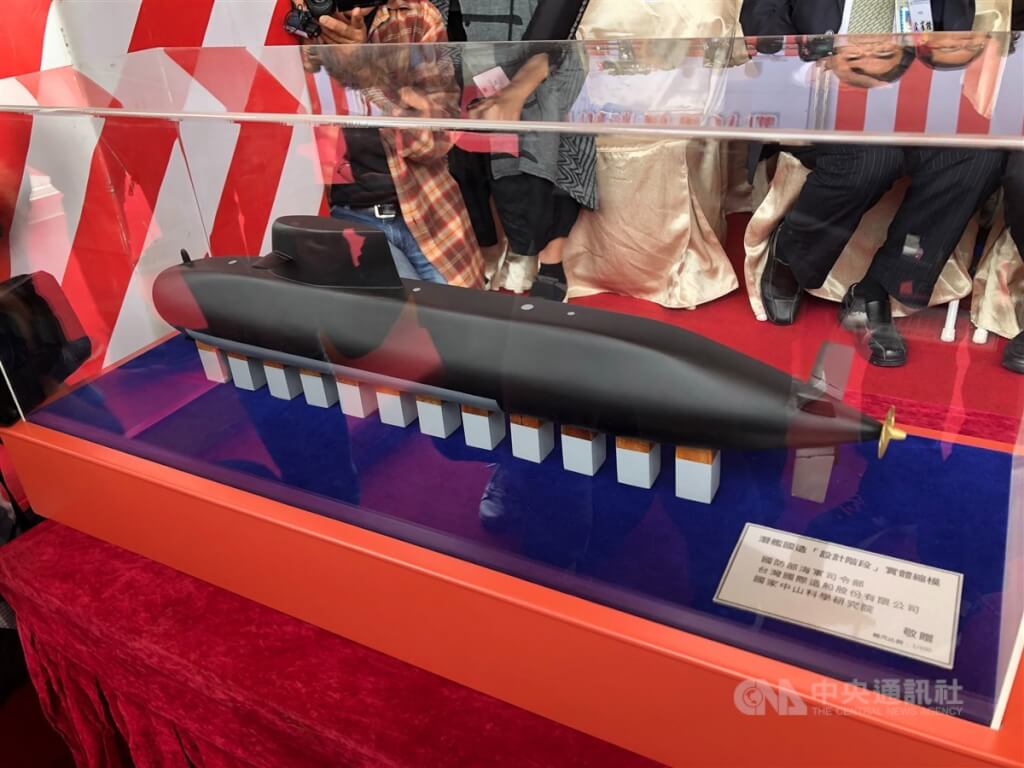
潛艦國造重要節點 9月28日原型艦下水典禮 | 政治 | 中央社 CNA
潛艦國造為國防自主關鍵,更是台灣發展不對稱戰力指標,可藉隱蔽性嚇阻中共船團。知情人士今天表示,潛艦原型艦近期將迎來重大成果,預計9月28日在高雄小港,舉行「原型艦下水暨命名典禮」。
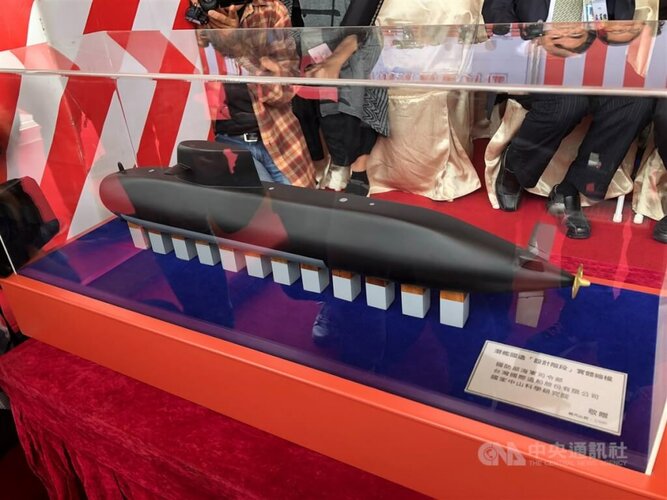


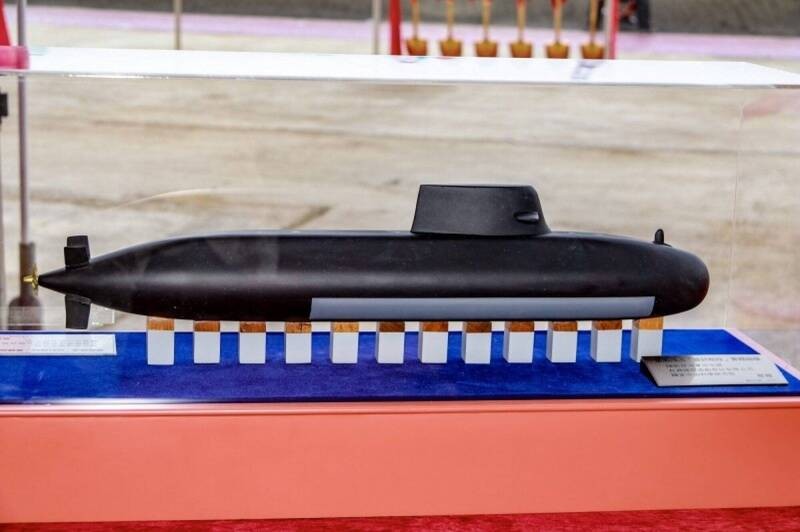

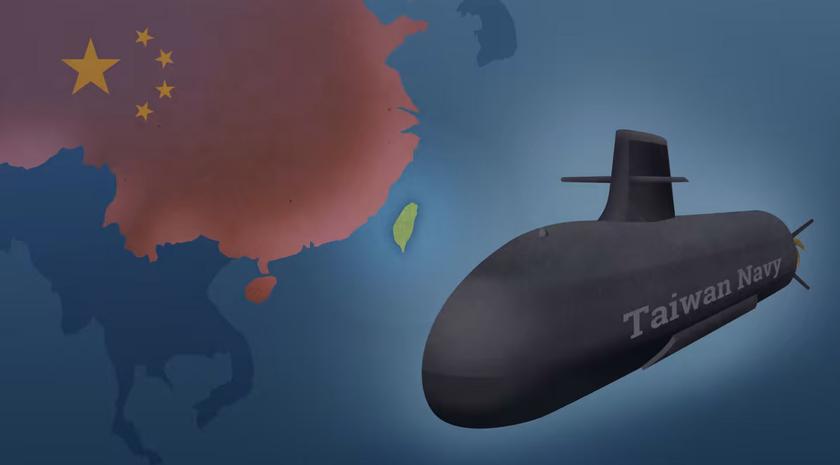
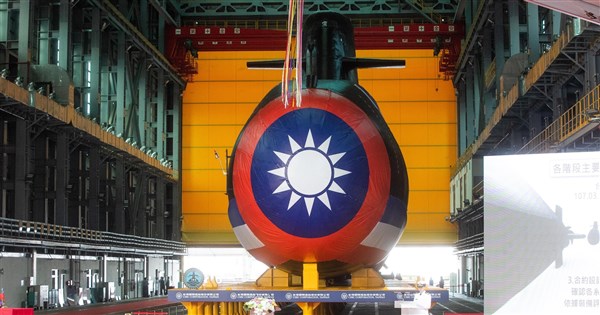
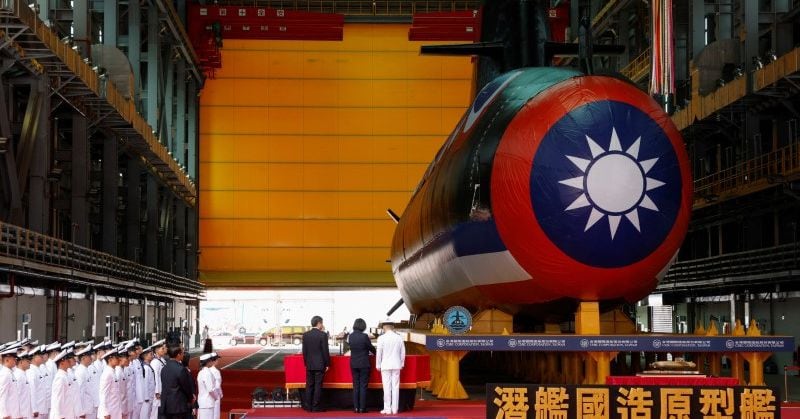

 fb.watch
fb.watch
Mk48s are mentioned. Has the armament otherwise been described? I assume probably the usually half dozen 533mm forward tubes, but I can't pick out their outline under the paint and I have seen no mention of them. They looks like solid ships and I admit to being surprised that Taiwan was able to build them, even with external help. It will be interesting to see how well it stands up to tests and trials given the fact the country has no experience building this type of vessel. I suspect there will be a lengthy introduction to service.
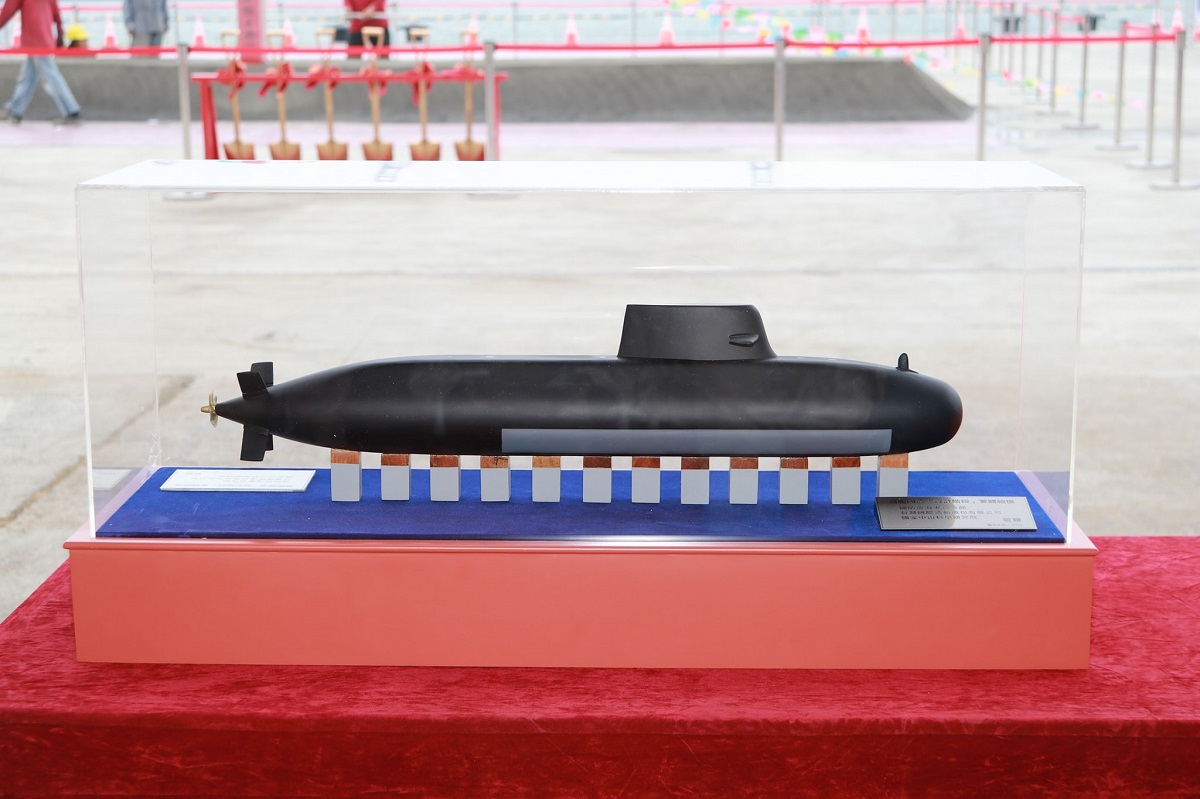
Does this submarine have independent air propulsion system? I read an article that said it wasn't equipped with one.
Senior military officers told local media that the submarine will be fitted with ‘high-efficiency batteries developed and produced by domestic manufacturers” instead of an Air Independent Propulsion (AIP) system. This most likely refers to the use of Lithium Ion battery technology.
Okay, but is this a better system than AIP?No. They seem to be following Japan's current lead and using lithium batteries instead of AIP. Quoting the Naval News article above:
Edit: Background on Japan's switch to lithium-ion batteries instead of AIP.
Okay, but is this a better system than AIP?
Taiwanese experience with commercial battery production has been leveraged to help them get into it without having to default to lead acid.I’m impressed if they made the leap to LiH vice lead acid. AFAIK only a couple of newest JMSDF boats have that.
Building is one thing and actually employing it in service is another, as you've said. S80 programme was pain in the arse for Spain. We'll see.Mk48s are mentioned. Has the armament otherwise been described? I assume probably the usually half dozen 533mm forward tubes, but I can't pick out their outline under the paint and I have seen no mention of them. They looks like solid ships and I admit to being surprised that Taiwan was able to build them, even with external help. It will be interesting to see how well it stands up to tests and trials given the fact the country has no experience building this type of vessel. I suspect there will be a lengthy introduction to service.
There's basically no design they can actually get their hands on.Does this submarine have independent air propulsion system? I read an article that said it wasn't equipped with one.
Depends on what you need, but purely from energy density and endurance perspective, FCs still have the upper hand. If you want shorter burst of high-energy deployment, ie fast underwater maneuvering, having more LiB capacity in place of any of the conventional AIP solution out there today is more favorable. This also reflects how JMSDF submarine forces doctrine has changed over the years.Okay, but is this a better system than AIP?
For Japan it was quite straight forward question, since they had to deal with maximum operational depth problem of Stirling AIP and their doctrine changed. Problem is that Taigei has a much improved engine, generator and air induction system to enable faster charging, utilizing LiB to its full potential. We're still to know if IDS has equally capable design or not, and it might just be that Taiwan had no other choice but to go conventional diesel-electric, albeit with LiB, since, as you've noted, there's no MOTS design out in the market which they can get their hands on.Japan thinks so, having transitioned from Stirling AIP to LiH batteries in new construction. It may not be true for all navies, though. There are certainly some services that are looking at both technologies in the same subs, for example.
But Taiwan doesn't need super-long operating range, so the batteries may be the best option for them. It's much simpler than Stirling or fuel-cell AIP, which they might not have been able to source anyway.
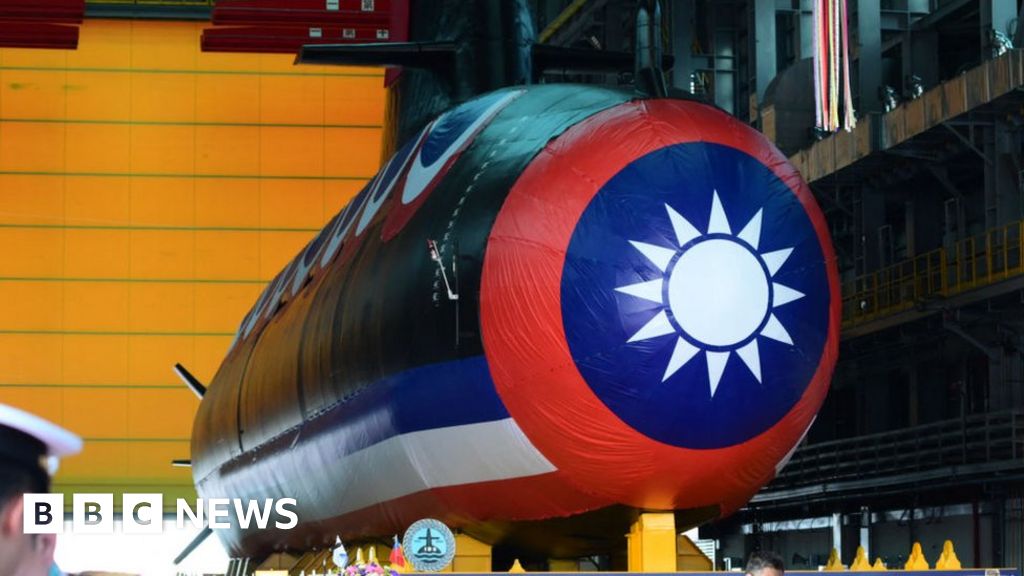
For comparison:Haikun's blueprint
This picture is a mosaic of several screenshots of the video.
View attachment 708705
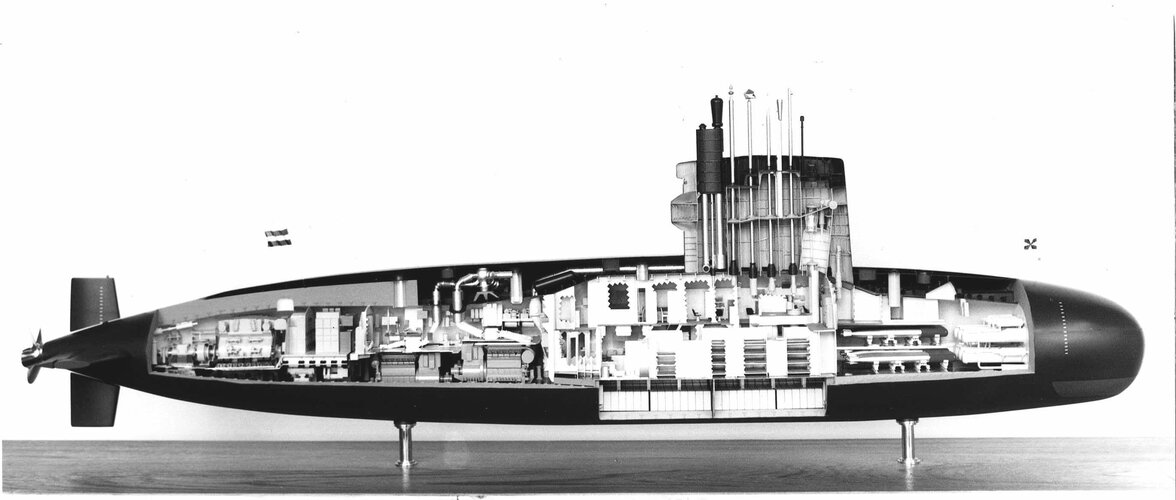
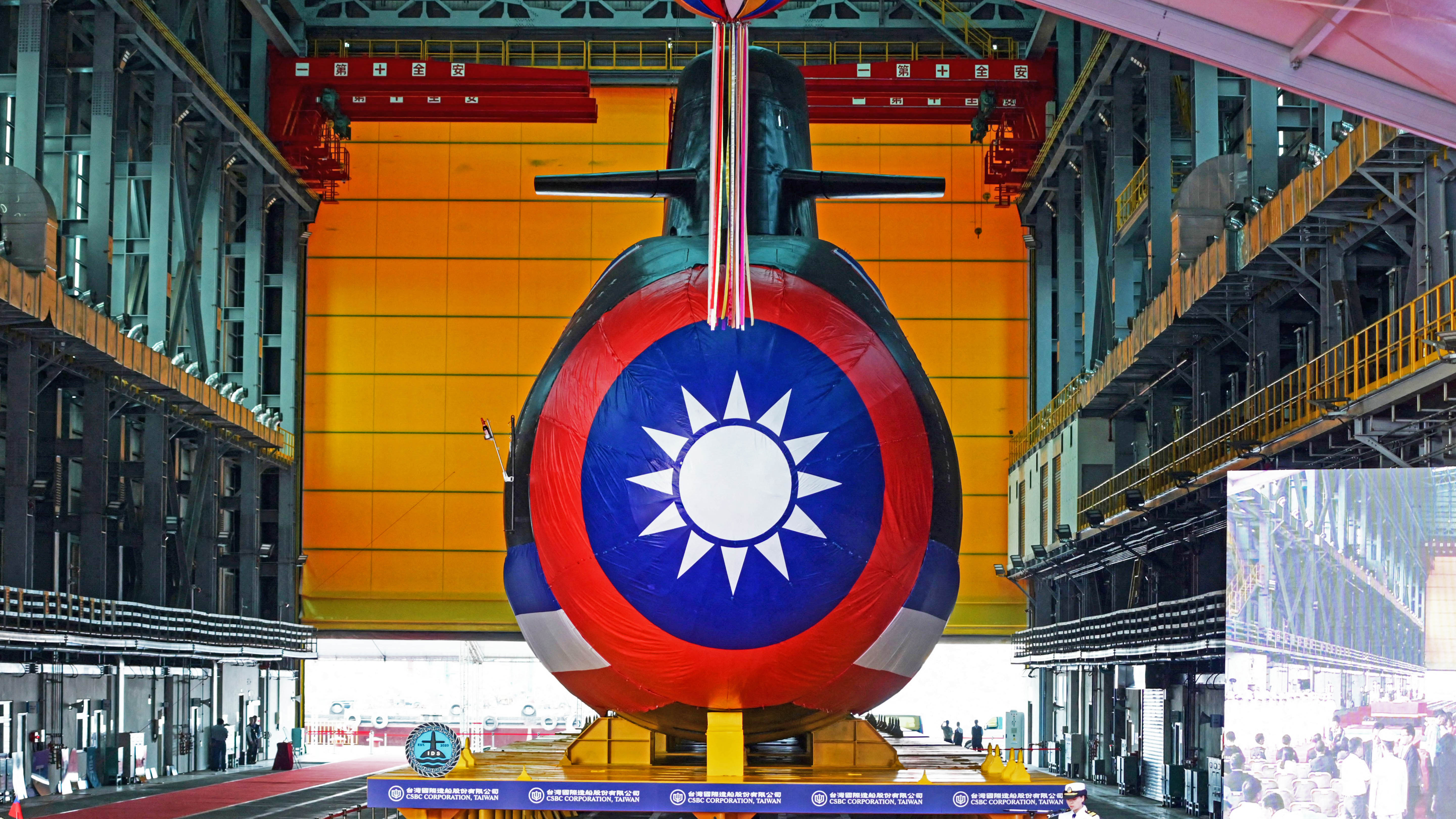
Debatable.Okay, but is this a better system than AIP?
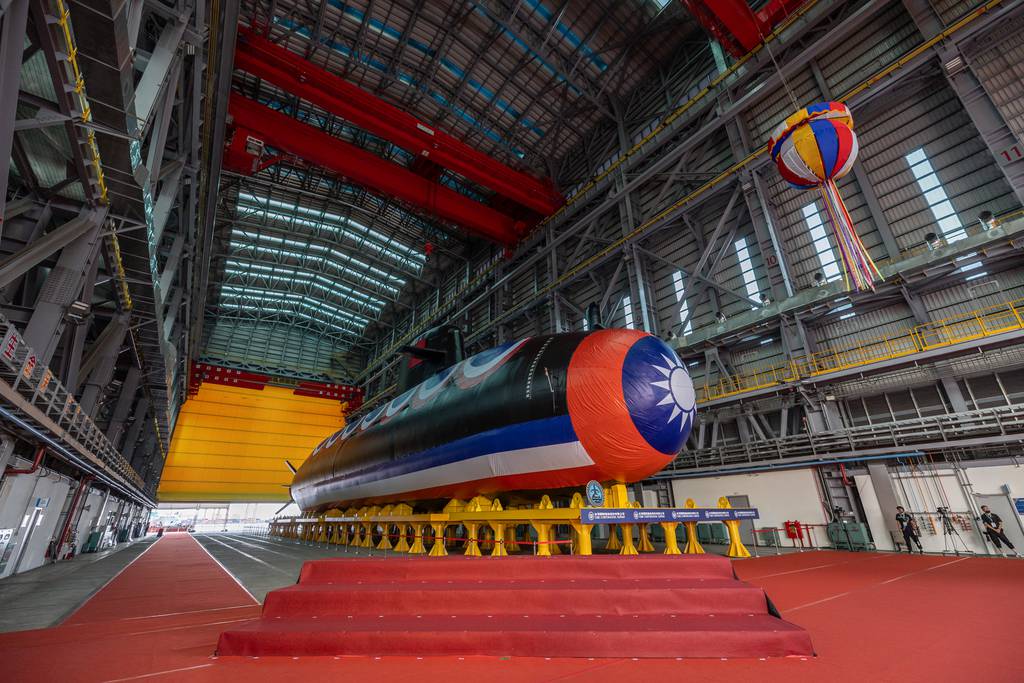
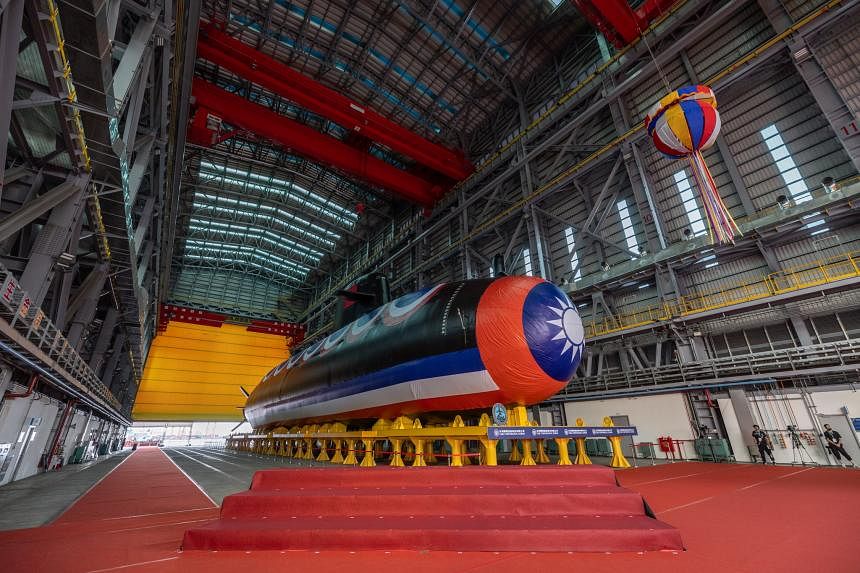
Admiral Huang Shu-kuang, who is leading the programme, told the local media last week that lawmakers, whom he did not name, had made it difficult for the programme to purchase critical equipment, and that a contractor who had failed to obtain a bid forwarded information to China.
Taiwan’s Supreme Prosecutors Office, in a short statement, said Adm Huang’s accusations had attracted “great attention”, given the national security and defence implications.
It said it had instructed prosecutors to “investigate the case as soon as possible in order to safeguard national security”.
It did not give details or names.
At a guess, I would say one of the countries/companies collaborating with Taiwan on the project is Japanese.I wonder why the leap from lead-acid to lithium without looking into intermediary battery types like NIMH? Lithium has some safety risks especially when battle damage is involved.

 www.facebook.com
www.facebook.com
Lithium batteries are pretty shock-resistant (how many times can you launch your phone across the room without hurting the battery?), and that's the primary non-catastrophic damage you'd see in a sub. Any explosion that doesn't breach the hull causes shock damage inside, the usual assumption is broken hydraulic lines causing a fire. Any explosion that does breach the hull will probably cause the loss of the boat.I wonder why the leap from lead-acid to lithium without looking into intermediary battery types like NIMH? Lithium has some safety risks especially when battle damage is involved.
This sub looks much less like a Barbel-class than I expected.
Lithium batteries are pretty shock-resistant (how many times can you launch your phone across the room without hurting the battery?), and that's the primary non-catastrophic damage you'd see in a sub. Any explosion that doesn't breach the hull causes shock damage inside, the usual assumption is broken hydraulic lines causing a fire. Any explosion that does breach the hull will probably cause the loss of the boat.
Also, does anyone even make NIMH batteries anymore? Especially if we're talking industrial sized batteries?
Neither am I. But lithium batteries have about 5x the power density compared to lead-acid, whether by volume or by mass, and can be charged or discharged much faster.I am not aware of any submarine with LiB outside the newest Japanese models. I would not expect lithium to be a feature on Chinese or Taiwanese boats without one or the other making a big deal of it, though I admit to not having my finger on the pulse of either country's submarine development.


